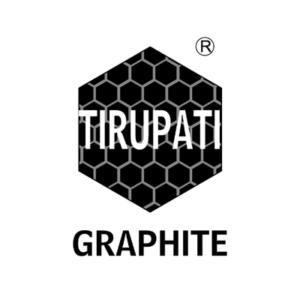A recent report by IDTechEx forecasts that graphite will remain the most widely used anode material in lithium-ion batteries through the medium term with demand growing considerably and exceeding 2 million tonnes by 2029.
The market analyst explains that two broad types of graphite are used for Li-ion anodes, natural and synthetic (or artificial), each with its own advantages and disadvantages. Natural graphite is generally a lower-cost option than synthetic. It can also offer a slightly higher initial capacity but also tends to have a lower cycle life, C-rate capability, and initial coulombic efficiency.
In contrast, synthetic graphite is more expensive than natural graphite due to the higher energy requirements for graphitization, as well as being more difficult to mill into spherical particles, but it also tends to offer longer cycle life and marginally higher initial coulombic efficiency.
Tirupati Graphite PLC (LON:TGR) is a fully integrated specialist graphite and graphene producer, with operations in Madagascar and India. The Company is delivering on this strategy by being fully integrated from mine to graphene. Its global multi-location operations include primary mining and processing in Madagascar, hi-tech graphite processing in India to produce specialty graphite, and a state-of-art graphene and technology R&D center to be established in India.


